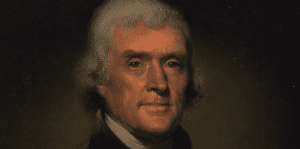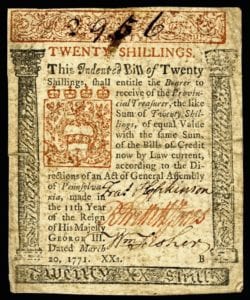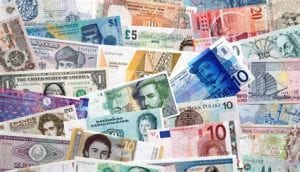An object that has no intrinsic value and is still used as a medium of exchange. The term “fiat” derives from the Latin “fieri” meaning ‘it shall be’. Fiat money does not have use value, and has value only because a government maintains its value, or because parties engaging in exchange agree on its value. It was introduced as an alternative to commodity money and representative money. Commodity money is created from a good, often a precious metal such as gold or silver, which has uses other than as a medium of exchange (such a good is called a commodity). Representative money is similar to fiat money, but it represents a claim on a commodity. Fiat money first began to be used in China in the 11th century and has since been used by various countries. It gradually poisons any economy it invades. The corruption of money always begins the complete corruption of a nation.
“The modern banking system manufactures money out of nothing. The process is perhaps the most astounding piece of sleight of hand that was ever invented. Banking was conceived in iniquity and born in sin. Bankers own the Earth. Take it away from them, but leave them the power to create money, and with the flick of the pen they will create enough money to buy it back again…Take this great power away from them and all great fortunes like mine will disappear, and they ought to disappear, for then this would be a better and happier world to live in. But if you want to continue to be slaves of the banks and pay the cost of your own slavery, then let bankers continue to create money and control credit.”
– Josiah Stamp, former Governor of the Bank of England during the 1920’s
Chronological History of Events Related to Fiat Money

Thomas Jefferson: “I hope that we shall crush in its birth the aristocracy of our monied corporations which dare already to challenge our government…”

Alexander Hamilton, Secretary of The Treasury, Brings about the Creation of the Nations First, “Bank of The United States”

George Washington: “Paper money will… ruin commerce, oppress the honest, and open the door to every species of fraud and injustice”

The Currency Act of 1764 Forbids the Colonies to Print their Own Money


